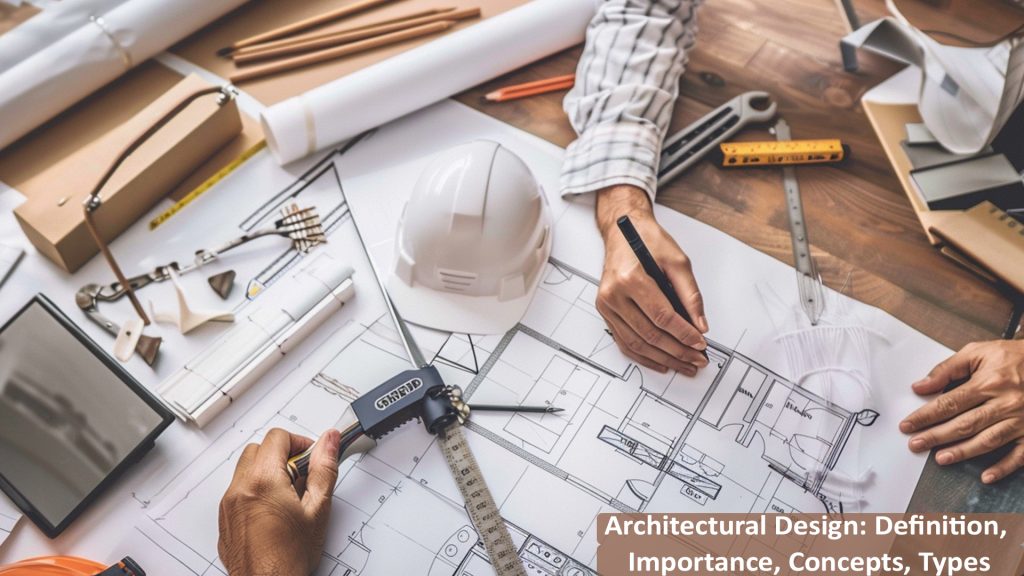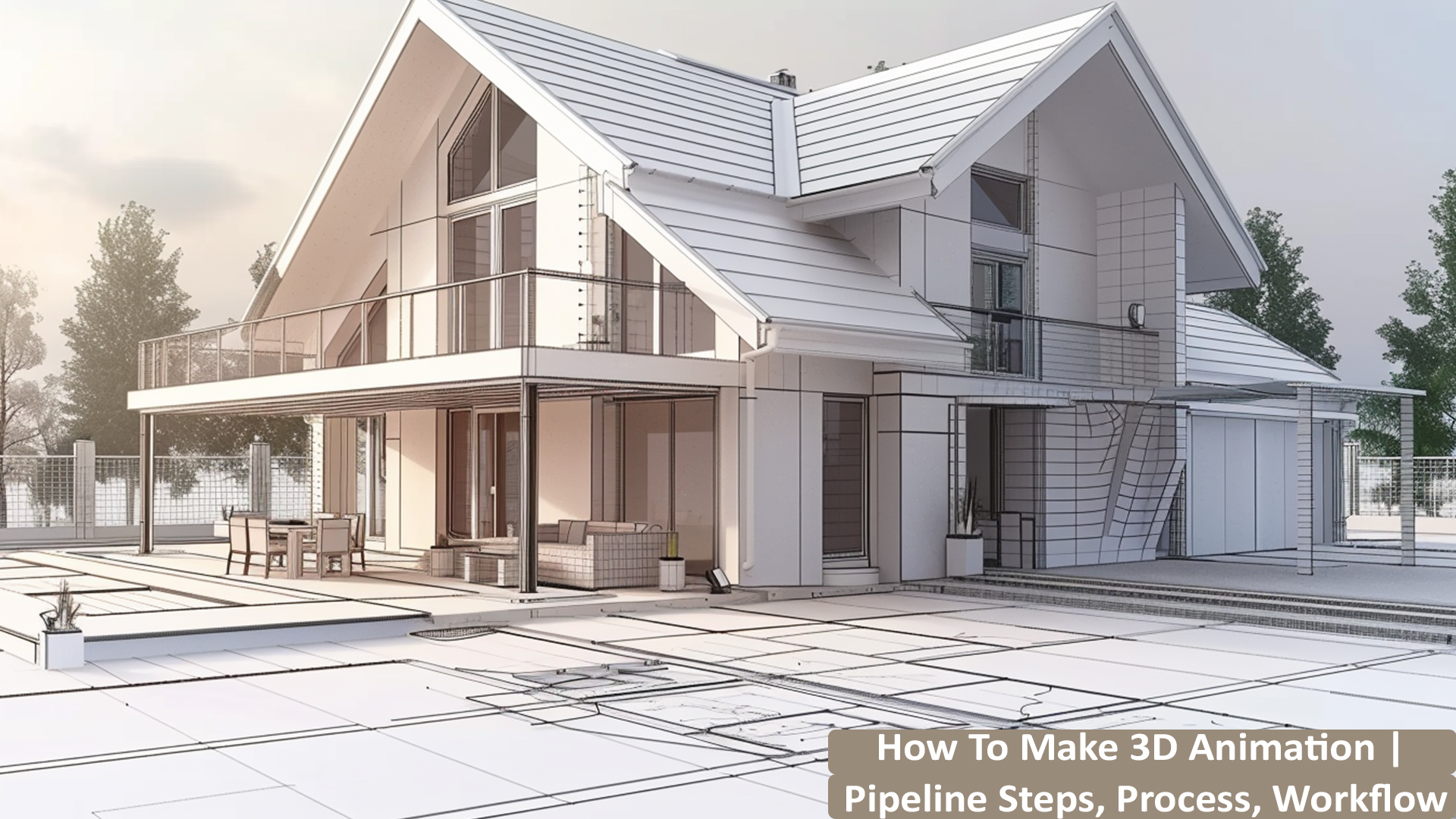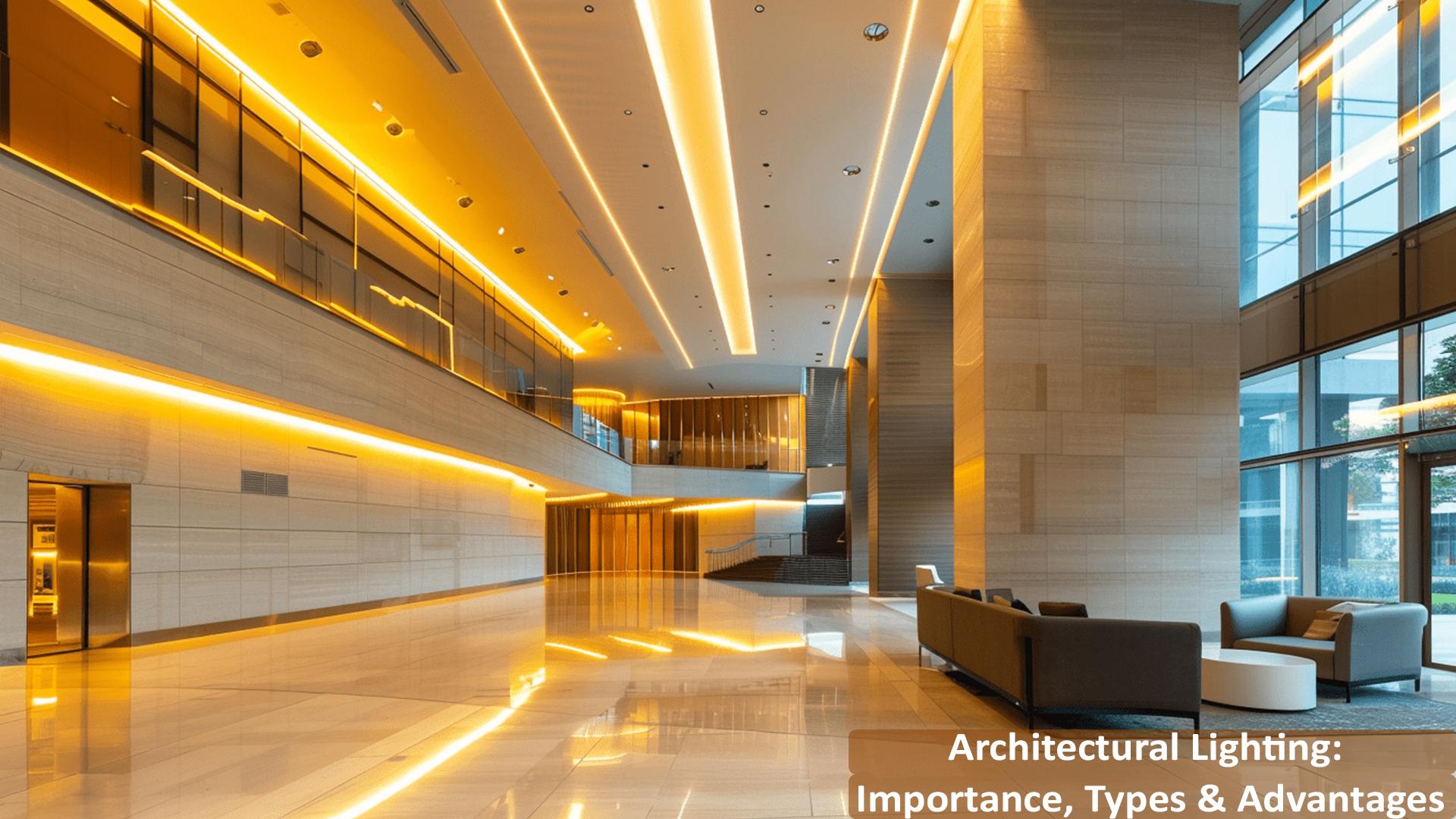Architectural designs are a significant part of our existence. They showcase human imagination, beliefs, creativity and culture. A design in architecture is the initial phase after which the construction begins. They are the ultimate way to transfer thoughtful ideas into an expression. And therefore hold a great importance. Today, you will know the definition of an architectural design, its process, why it is important and the different types of designs in architecture with examples.
Architectural Design: Definition, Importance, Concepts, Types
What Is Architectural Design? – Architectural design is the concept of understanding various building forms, materials, and styles to construct the most aesthetic, practical and safe buildings. It tells the amount of materials, and elements to be used in a structure. They can also predict the possible duration to complete the project. If all the measurements, and factors are done right; the architecture becomes magnificent, top-notch, and highly practical. However, with the wrong implementation of a design, it could result in a building failure.
A design in architecture is more than just about construction. It combines creativity and technology to plan and develop the most suitable structures that meet the requirements of clients. Architects prepare these designs by carefully taking into account the environmental conditions, regional building guidelines, client preferences, and cultural harmony. After that, these designs are used by the construction team to bring the ideas into reality.
Generally, the architectural design process has three stages: Space, geometry and the artistic phase. Firstly, an architect will thoroughly study the space, its dimensions, and the overall atmosphere. Secondly, he will start experimenting with various sketches, different forms & shapes, and arrangements to meet the desired objective. Lastly, he will infuse creativity into the elements to make the construction more pleasing and comfortable.
Importance of Architectural Design
Architectural designs hold power, strength, beauty, and culture and also fortify against enemies. They have always been regarded as something significant and holy by communities. An architectural design with the smallest details holds a story, a meaning, a lesson or a message. People worship and connect with the architecture, and pay tribute to monuments, great architecture and their architects. We all gain insights into history through wonderful architectural designs. Additionally, the way a building is constructed impacts the lifestyle of a user, a space should match his demands, regular routines, and also the atmosphere. Today technologies are combined with construction methods and existing software to refine the entire process bringing more productivity, safety, speed, and accuracy. AR and VR technologies are bringing revolutionary impact in architectural designs, helping designers visualize the space with different elements. A well structured and drafted design by an architect benefits the environment, safety measures, and sustainability concerns.
Different Types of Architectural Designs with Examples
Architectural designs have been changing ever since the inception of a new design. From the ancient to the modern, time has witnessed many mesmerizing types of architectural design. Every architectural building follows a certain trend, and the style is related to a particular period.
- Gothic Architecture: This style originated in France and spread to Europe. It was discovered in the 12th century and is divided into three phases namely: early Gothic, high Gothic and late Gothic. Each gothic architecture structure may vary depending on the location. However, some common things in such ancient architectural design are large stained glass windows, flying buttresses, pointed arches, and rib vaults. Some of the Gothic architecture buildings are Sainte-Chapelle, Cologne Cathedral, Bath Abbey, Mir Castle and The Black Church.
- Victorian Architecture: The buildings constructed during the empire of Queen Victoria come under the type of Victorian architecture. It spanned over 60 years between 1837 and 1901 and included various forms of styles and designs of architecture. Along with Gothic style Romanesque and Tudor elements were two new approaches followed in the design. Its important examples are John Rylands Library, the Royal Exhibition Building, The Block Arcade, the Natural History Museum and Christ Church Cathedral.
- Greek and Roman Architecture: This ancient type of architectural design has its roots in the art, creativity, culture and structures of Greece and Rome. Temples were the main buildings designed using this theme with an oblong structure supported by columns. Builds of this period were well-proportioned and harmonious with the environment. Some examples are the Library of Celsus, Maison Carree, Aqueducts and Temple of Baalbek.
- Modern Architecture: At the beginning of the 19th century, modern architecture was introduced having the least ornaments and more sophistication. These buildings are clean and have great functionality. They are planned & designed innovatively using materials such as glass, wood, concrete, aluminium, steel etc. Falling Water, Lotus Temple, BT Tower, Isokon Flats, Sydney Opera House, and Cayan Tower are examples of some of the popular Modern Architecture.
- Post-Modern Architecture: Postmodern architecture was a response to modern architecture, it brought back the use of various elements and ornaments in the structural design. It began in 1960 and developed various spectacular architecture after that. Walt Disney concert hall, Dancing Towers, Avaz Twist Tower, Haas Haus and 125 London Wall are some well-known examples of post-modern architecture.
- Futuristic Architecture Buildings: Architectural designs’ main motive is to reduce the carbon footprint and develop sustainable buildings. They typically have recycled material used, green façade, more curves, and infinite shapes. They are tech-driven and integrated with advanced systems, have automatic features, and sleek finishing. Glass, Plastic, Leather, Aluminum and Metals are the main materials used in their construction. Some examples of Futuristic architecture include Googie architecture, Brutalism, Art Deco, Burj Khalifa, Museum of Tomorrow, The Crystal, and CopenHill.
The Conclusion
An architectural design is necessary for maintaining design accuracy, beauty, functionality and creativity along with many other factors. History speaks of endless phenomenal architectures that are still earning admiration at the present. This is the beauty of when a design is well planned and executed using advanced and accurate methods. We have guided you with an easy architectural design definition, its various popular types and examples. Now, you are also aware of why it is important. Let’s hope to preserve such great buildings and invest in constructing more to reflect our communities’ beliefs and lifestyles.








